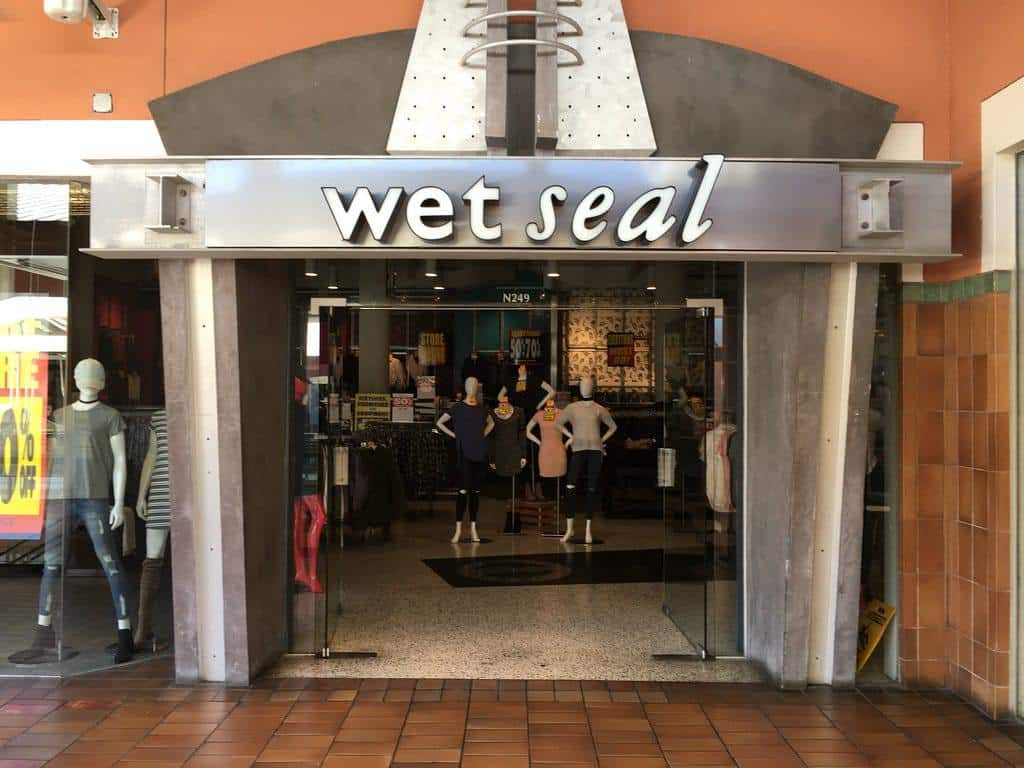Understanding Wet Seal: A Dive into Fashion Retail and Its Evolution

Introduction
In the world of fashion retail, few names evoke as much nostalgia as Wet Seal. Established in 1962, this American retailer became synonymous with trendy, affordable clothing aimed primarily at the youth demographic. However, the journey of Wet Seal is a rollercoaster of innovation, challenges, and reinvention, reflecting broader trends in the retail industry. This article explores the history, business model, and recent developments of Wet Seal, shedding light on its impact on fashion retail and what the future holds for the brand.
The Rise of Wet Seal
A Brief History
- Founded in 1962: Wet Seal began as a modest swimwear retailer in California, catering to the beach culture of the era.
- Expansion and Popularity: The brand quickly expanded its product line to include casual wear, accessories, and footwear, appealing to a broader audience.
- Target Market: Wet Seal primarily targeted teenage girls and young women, offering trendy styles at affordable prices.
Key Milestones
- Going Public: In 1990, Wet Seal went public, which significantly increased its visibility and resources for expansion.
- Store Expansion: By the early 2000s, Wet Seal had over 500 stores across the United States, becoming a mall staple.
- Brand Diversification: The introduction of private labels allowed Wet Seal to offer exclusive styles, further enhancing its market appeal.
The Business Model
Affordable Fashion
Wet Seal built its reputation on providing affordable fashion. Here are some key aspects of its business model:
- Trendy Designs: The retailer focused on the latest fashion trends, ensuring that its inventory was always fresh and appealing to its target demographic.
- Affordable Pricing: By keeping prices low, Wet Seal made fashion accessible to a younger audience, often competing with brands like Forever 21 and H&M.
Marketing Strategies
- Social Media Engagement: Wet Seal embraced social media early on, leveraging platforms like Instagram and Facebook to connect with its audience.
- Influencer Collaborations: The brand often collaborated with influencers to reach a wider audience and promote new collections.
Challenges and Transformations
Financial Struggles
Despite its early success, Wet Seal faced significant challenges in the mid-2010s:
- Bankruptcy Filings: In 2015, Wet Seal filed for bankruptcy for the second time, leading to the closure of numerous stores and a re-evaluation of its business strategy.
- Increased Competition: The rise of online retailers and fast-fashion brands intensified competition, making it difficult for Wet Seal to maintain its market share.
Rebranding Efforts
In response to its financial struggles, Wet Seal implemented several key strategies:
- E-commerce Focus: The brand shifted focus to online sales, recognizing the importance of digital retail in the modern shopping landscape.
- Rebranding Campaigns: Wet Seal launched campaigns aimed at revitalizing its image, emphasizing inclusivity and diversity in its marketing.
Current State of Wet Seal
The Digital Shift
Today, Wet Seal operates primarily as an online retailer, offering a streamlined shopping experience. Key features include:
- User-Friendly Website: The brand’s website is designed for easy navigation, allowing customers to quickly find the latest trends.
- Social Media Marketing: Wet Seal continues to leverage social media for marketing, engaging with customers through interactive content and promotions.
Product Offerings
Wet Seal's current product lineup includes:
- Clothing: A variety of styles, from casual wear to party outfits.
- Accessories: Unique jewelry and bags that complement their clothing line.
- Footwear: Trendy shoes designed for comfort and style.
The Future of Wet Seal
Market Trends and Opportunities
As Wet Seal navigates the ever-changing fashion landscape, several trends present opportunities for growth:
- Sustainability: A growing consumer demand for sustainable fashion could prompt Wet Seal to explore eco-friendly materials and practices.
- Personalization: Utilizing data analytics for personalized shopping experiences could enhance customer satisfaction and loyalty.
Conclusion
Wet Seal's journey through the fashion retail landscape is a testament to the brand's resilience and adaptability. From its humble beginnings to its struggles and eventual transformation into a primarily online retailer, Wet Seal continues to remain relevant in a highly competitive market. As the brand looks to the future, embracing sustainability and personalization may be key to its revival and long-term success.
In summary, Wet Seal is more than just a clothing store; it reflects the evolving nature of fashion retail and the importance of staying attuned to consumer trends. Whether you're a long-time fan or discovering the brand anew, Wet Seal's commitment to affordable and trendy fashion remains strong.
Key Takeaways
- Wet Seal has a rich history rooted in affordable fashion for youth.
- The brand has faced significant challenges but has adapted through e-commerce and rebranding.
- Future opportunities lie in sustainability and personalized shopping experiences.
As Wet Seal continues to evolve, it invites fashion enthusiasts to join its journey, offering trendy styles that resonate with the spirit of youth and individuality.